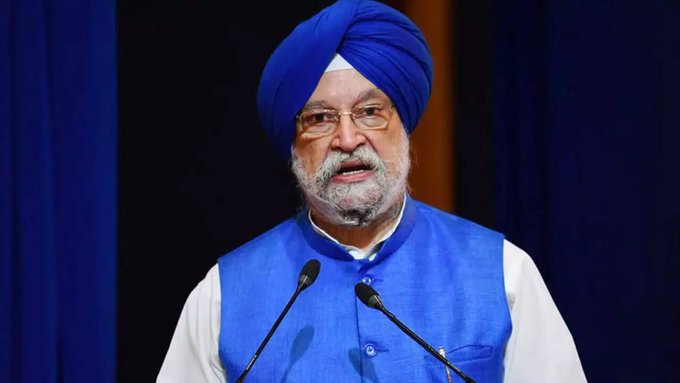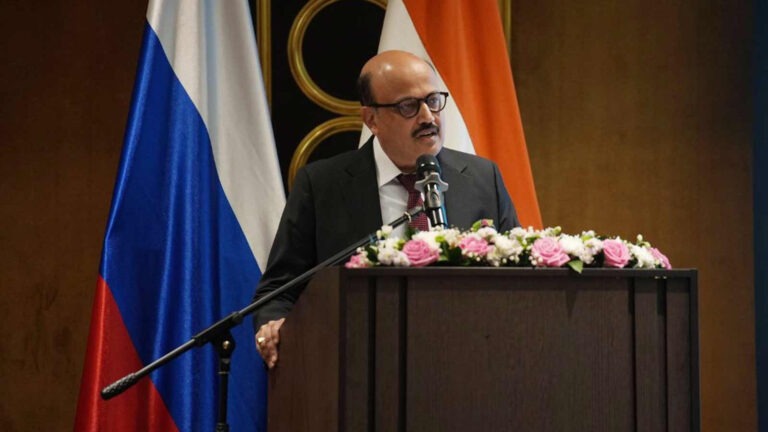
NEW DELHI — India’s economic momentum is set to continue its vigorous pace into the second quarter of the current fiscal year. A new analysis from SBI Research anticipates that the nation’s economic growth will remain robust. The report projects that India’s Gross Domestic Product (GDP) may hover around 7.5 per cent for the second quarter (Q2 FY26). This optimistic India GDP Forecast underscores the resilience of the economy, propelled by strategic structural reforms and a surge in consumer spending.
India GDP Forecast: Momentum Confirmed
An overwhelming majority of forward-looking economic indicators drives the India GDP Forecast for the second quarter. SBI Research data reveals that 83 per cent of the 50 major economic indicators—spanning agriculture, industry, services, and consumption—demonstrated an improvement in Q2. This marks a sharp rise from the 70 per cent of indicators that showed improvement in the first quarter. On the whole, the research estimates the overall GDP growth for Q2 to fall within the 7.5 per cent to 8 per cent range, with Gross Value Added (GVA) expected to grow close to 8 per cent.
Key Drivers: Investment, Services, and GST 2.0
The primary drivers of this strong performance are multifaceted:
Increased Investment Activity: A sustained uptick in investment has provided a foundational boost to the economy.
Manufacturing and Services Strength: Both the services and manufacturing sectors have shown robust growth. The upward movement confirms a broad-based economic recovery and expansion.
Structural Support: The upward trend is structurally supported by major policy actions, including the rationalisation under GST 2.0. These reforms played a pivotal role in amplifying demand during the subsequent festive season.
Consumer Spending and Rural Consumption Surge
Consumption remains the most dynamic element of this India GDP Forecast. The report highlights strong growth in consumer spending. It is fueled by the festive season running from September to October.
Payment Data: Credit and debit card transaction data showed powerful growth across several categories, including auto, groceries, electronics, and travel.
Tier 2 Growth: Spending growth was most pronounced in medium-tier cities, signalling a powerful rise in rural consumption and wider economic inclusion.
Consumer Savings: Crucially, the rationalisation of GST rates has made most major consumption categories highly resilient. The report estimates that the average Indian consumer is now able to save approximately 7 per cent per month on their consumption expenditure due to these tax benefits. The savings dividend may grow further as more data becomes available.
Thus, the strong performance confirms that India is looking forward to sustained broad-based growth in the coming quarters.




